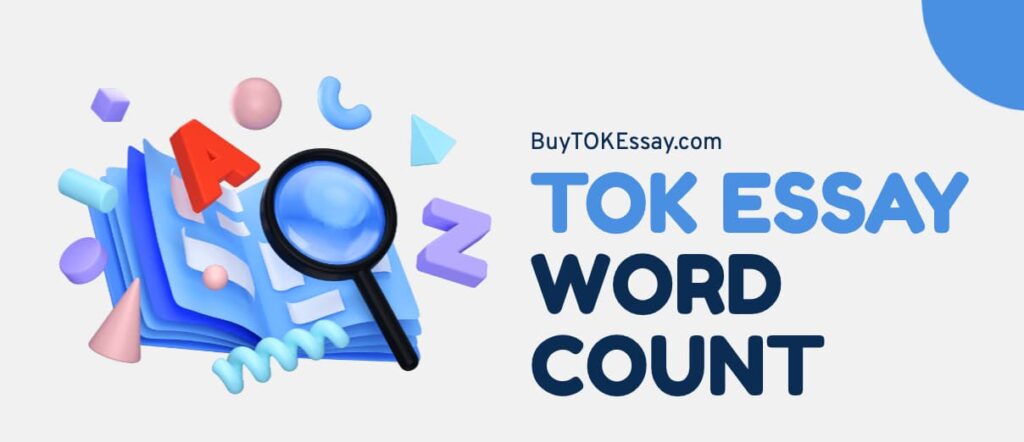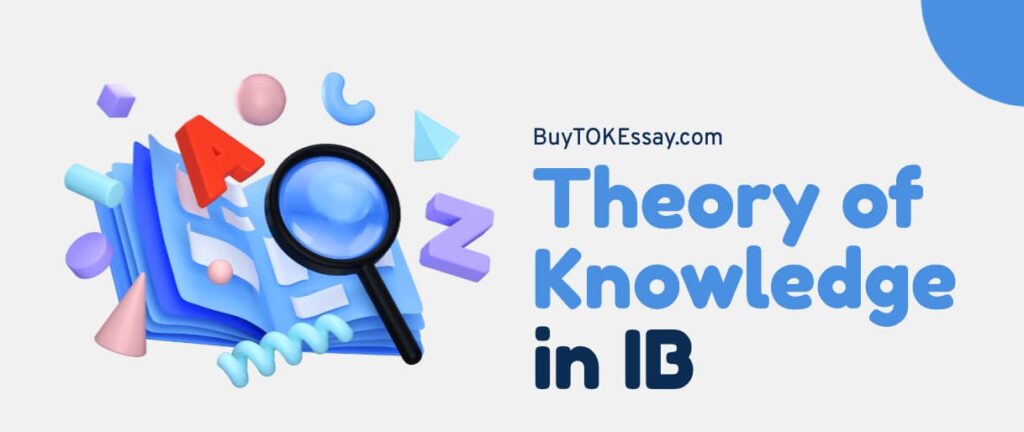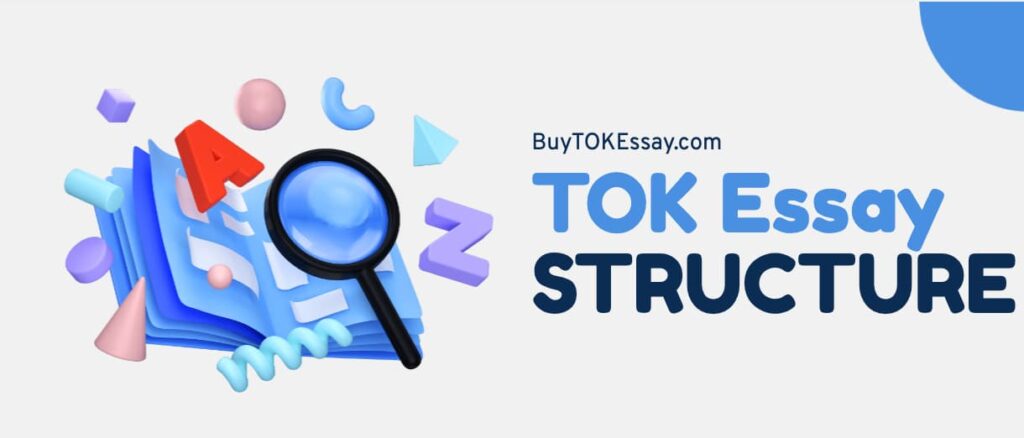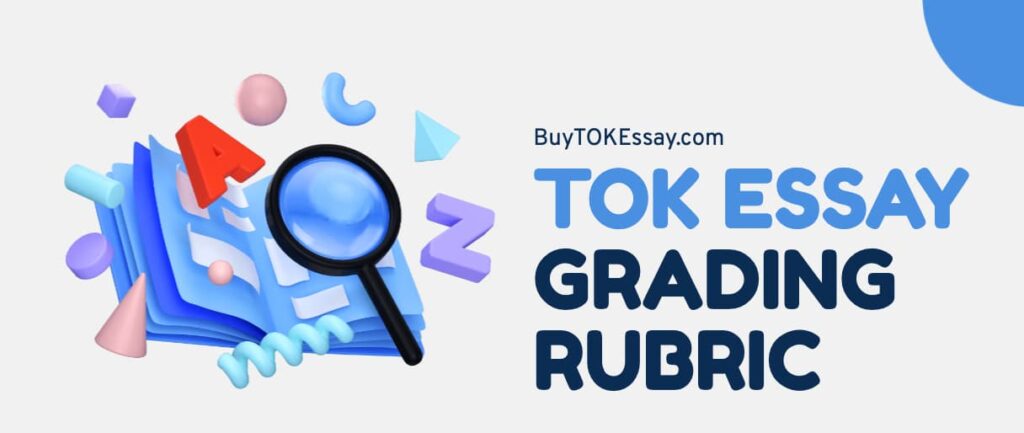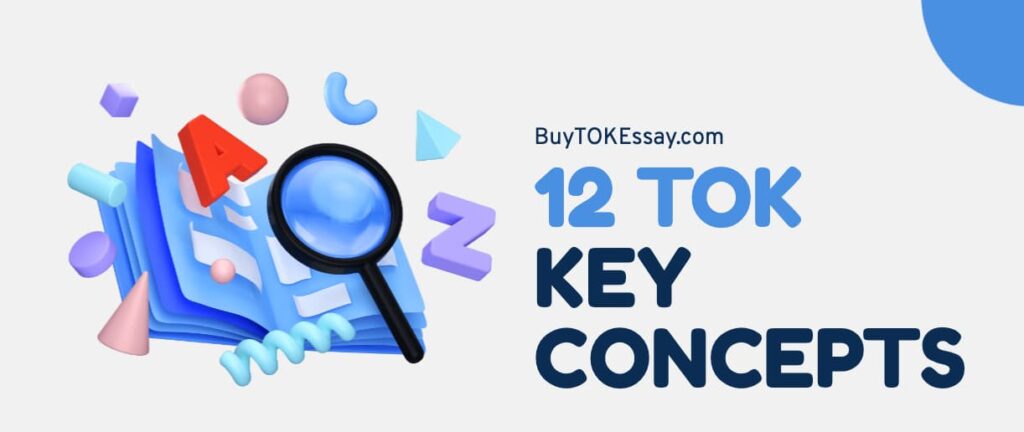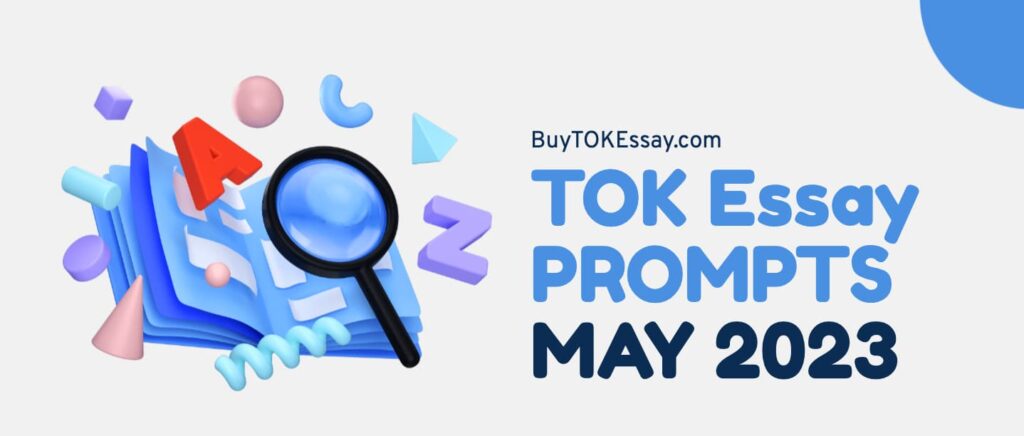I’ve taught IB students for years and know how hard it can be to understand the EE and TOK matrix. But once you figure it out, it becomes a handy tool that has a big effect on your total IB score. I believe that understanding the TOK EE matrix means carefully joining the parts of your Extended Essay and Theory of Knowledge course.
So, let’s look at how you can make the most of it and get extra points.
What Is the EE TOK Matrix?
IB uses the EE and TOK matrix, a score table, to determine how to give you extra points based on how well you did on the Extended Essay and Theory of Knowledge.
General IB rules say students get grades from A to E on the EE and the TOK. The matrix is then used to add these scores and give between 0 and 3 extra points toward the IB certificate. By the way, Creativity, Activity, and Service, the third core component, doesn’t get a score but is needed to finish the diploma.
The EE and TOK matrix may significantly impact your ultimate score, which is why it is so important. For instance, receiving a B in TOK and a C in the EE gives you two points, which might make the difference between meeting or failing university admission standards. In my experience, students who carefully organize their EE and TOK get the most points possible.
Why the Matrix Matters Even More Now
With the updated IB guidelines, students now have the option to write an interdisciplinary Extended Essay—which means your EE can explore topics that cut across two subjects. This kind of project naturally overlaps with the way TOK works, where you’re constantly comparing methods of knowing and thinking across different areas.
So if you’re writing an EE that connects, say, Economics and Environmental Systems, you’re already working with the same mindset TOK encourages: questioning evidence, recognizing assumptions, and thinking across boundaries.
That’s exactly where the EE/TOK matrix helps—it gives you a clear way to link the structure and thinking behind both essays so your work feels stronger and more connected.
How Does the Core Points Matrix Work?
Your EE and TOK scores are used to figure out your core points. The table below shows that you get a number from A to E for both parts. These grades meet on the matrix to show your core points. The best number you can get is 3, and the lowest is 0.
Some combos will lead to a failed situation. For instance, getting an E on either the EE or the TOK means you get no points, and the condition is considered a failure.
👇 Extended Essay / Theory of Knowledge 👉 | A | B | C | D | E |
| A | 3 | 3 | 2 | 2 | 2 |
| B | 3 | 2 | 2 | 2 | 1 |
| C | 2 | 2 | 1 | 1 | 0 |
| D | 2 | 1 | 0 | 0 | 0 |
| E | Failing | Failing | Failing | Failing | Failing |
This method pushes students to keep their achievement level high across both parts. From what I’ve seen, the EE TOK matrix helps you plan your work and focus on areas that need improvement. Also, remember that scores of D and E are especially risky because they either mean you get no points or fail the condition.
The EE and TOK matrix is like a chance to make a smart move. You can get up to three extra points by ensuring your Extended Essay and Theory of Knowledge scores are the same.
From what I’ve seen, students often don’t think these points are essential. On the other hand, the difference between a 36 and a 39 on the IB scale could be the difference between getting into a top university and applying for a scholarship. So, knowing the EE TOK matrix isn’t just about getting good grades; it’s also about reaching your academic goals and maximizing your abilities.
How Do You Read the EE and TOK Matrix Table?
Reading the matrix table may appear intimidating initially, but it’s relatively simple if you know how the grid is laid up. Your ability to grasp this table strongly impacts your total IB score. This is how it works: Your extended essay grade and TOK grade, which ranges from A to E, are represented by each column. Your core points are found at the row and column intersection.
You may get a minimum of 0 points and a maximum of 3 points from the matrix. For instance, you may get up to three points if you obtain an A in EE and TOK. An E in either, however, earns you zero points and is regarded as a failing condition. Your whole diploma may be at risk because of this.

Let’s dissect a few instances:
- Two points are awarded if you get a B in TOK and a C in EE.
- You get zero points if you obtain a C in TOK and a D in EE. Avoiding poor grades in both areas is essential since this combination doesn’t support your main points.
- Up to three points may be earned if you receive an A in EE and a B in TOK. This demonstrates the strength of either component’s excellent performance.
Students should strive for at least a C in both components to avoid the dreaded zero. It’s also important to remember that even if the other component is a little lower, getting an A in either EE or TOK may raise your score. For instance, an A in TOK and a C in EE still earn you two points, which is a commendable result.
I’ve seen students often make the mistake of concentrating too much on one aspect while ignoring the other. On the other hand, the TOK and EE matrix rewards balanced performance. Keeping your grades constant throughout both components increases your chances of obtaining those important core points. To assess their performance and pinpoint areas for development, I recommend that my students compare their grades with the matrix routinely.
How EE and TOK Can Work Together
Let’s say a student is working on the following pair of topics:
- EE Topic: To what extent do social media recommendation algorithms shape user beliefs?
(Subject: Computer Science or Psychology, with a focus on behavioral impact) - TOK Knowledge Question: How can evidence from algorithm outputs be considered reliable knowledge?
Here’s how the matrix connection works in real time:
How TOK Reflection Helps the EE?
In TOK, the student is already exploring ideas like bias, trust in data, and how algorithms are interpreted. This type of critical thinking transfers directly into the EE, helping the student:
- Question the validity of the sources they use (e.g., platform-released data vs independent studies).
- Acknowledge ethical concerns (e.g., manipulation vs personalization).
- Reflect on assumptions about technology being neutral.
This makes the EE stronger—not just a research paper, but an analysis with depth.
How EE Evidence Boosts the TOK Essay?
The EE will likely include academic studies, real-world case data (e.g., YouTube’s 2021 algorithm update), or interview-based research. These become credible real-life situations for the TOK essay.
Instead of vague examples, the student can refer to actual algorithm behavior and say:
“In my EE, I found that TikTok’s For You page tends to increase confirmation bias. This raises the question: if the content is filtered, how reliable is the knowledge gained from it?”
Now the TOK essay isn’t floating in theory—it’s anchored in research and personal insight.
💡 Why this works: This combo shows real synergy between projects. One strengthens argument, the other builds reflection. That’s exactly what the EE/TOK matrix is meant to highlight.
What Are the Grading Criteria for EE and TOK?
You must know the grading criteria for the Extended Essay and Theory of Knowledge to get the most points. Let’s take a close look at each part.
Extended Essay
The extended essay is graded based on several criteria:
- Research question clarity. Your research is guided by a clear question, which also strengthens the coherence of your argument.
- Argument quality. You must develop a coherent, well-organized argument backed by facts. This part entails assessing sources critically and examining various viewpoints.
- Analysis and evaluation. Your grade is heavily influenced by the breadth of your analysis and how you assess your results. Interpret and critically evaluate your data rather than just describing it.
- Presentation and formal requirements. Proper formatting, clear structure, and accurate citations are essential. The EE should follow the IB’s guidelines, including word count and referencing style.
- Engagement and reflection. You must show interest in the topic and consider how you conducted the research. The EE RPPF is used to evaluate this, and you can discuss how you made decisions and what you learned.
From what I’ve seen, students often do well in one area but poorly in another. You should figure out your skills early on and work on your flaws. By the way, if you’re good at writing analytical papers, the extended essay might be easier for you. This time, make sure you keep the quality of your research and arguments strong. You might be better at TOK if you’re good at debating.

Need Help with Your IB Extended Essay?
Maximize your potential and boost your Extended Essay’s excellence with the help of our experts! Whether starting from scratch or fine-tuning your existing assignment to meet your supervisor’s demands, the BuyTOKEssay.com team is here to make your dream of a perfect paper a reality. Say goodbye to writer’s block and hello to success with just one click.
Theory of Knowledge
Theory of Knowledge, on the other hand, tests how well you check knowledge claims and back them up with real-life cases. These are the main criteria:
- Understanding knowledge questions. You need to come up with and research knowledge questions that are related to your prompt. The questions should be open-ended and make you think critically.
- Quality of analysis. Your analysis should be thorough and show that you can see things from different points of view. Use examples from real life to back up your claims.
- Argument structure and coherence. You must develop a well-organized argument with a logical flow. Make sure every point advances your main idea and is pertinent.
- Clarity and style. Your writing style and linguistic clarity affect your score. Avoid jargon and highly complex language.
- Persuasiveness and personal involvement. Your essay or exhibition should persuade and show you care about the subject. This part indicates that you are genuinely interested.
IB Students often make the mistake of seeing the extended essay and theory of Knowledge as two separate things. In fact, they work best together and need a coordinated strategy. The EE TOK matrix rewards fair performance, so keep both things the same.
Students do better when using a combined approach, meaning they use knowledge questions from TOK to back up their points in the EE. This method helps you get more points, but it also shows you have a better grasp of how knowledge is created and shared.
EE & TOK Matrix Planning Sheet (Copy + Use)
Use this quick worksheet to map out the overlap between your Extended Essay and TOK Essay. Great for planning, reflection, or even a supervisor check-in.
| Section | Your Notes |
|---|---|
| My EE Topic | |
| Subject(s) | |
| My TOK Knowledge Question | |
| AOKs involved in both | |
| WOKs involved in both | |
| What kind of evidence am I using in my EE? | |
| Could any of that evidence work in my TOK essay? | |
| What TOK concept(s) show up in my EE? | |
| What am I learning in TOK that could improve my EE reflection? | |
| One overlap I can definitely write about |
Fill this out after drafting your EE or while prepping your TOK outline—it helps connect your thinking and might even boost your Criterion D (Engagement) and Criterion E (Reflection).
Conclusion
To master the EE and TOK, you need to plan ahead, think critically, and find significant links between these two components. The students who do well seem to break down the TOK and EE matrix early on and know how to use it to their advantage.
You’ll get more points and better understand the material if you take the time to plan, pick related topics, and keep up your good work. Also, who knows? Those extra two or three points could get you into the college of your dreams.
But here’s the thing: not everyone finds it simple to link these two parts together. If you feel stuck or uncertain about your subject, you’re not the only one. That’s where BuyTOKEssay.com can help. Our IB TOK and EE writers are very good at what they do and know all the IB requirements inside and out.
